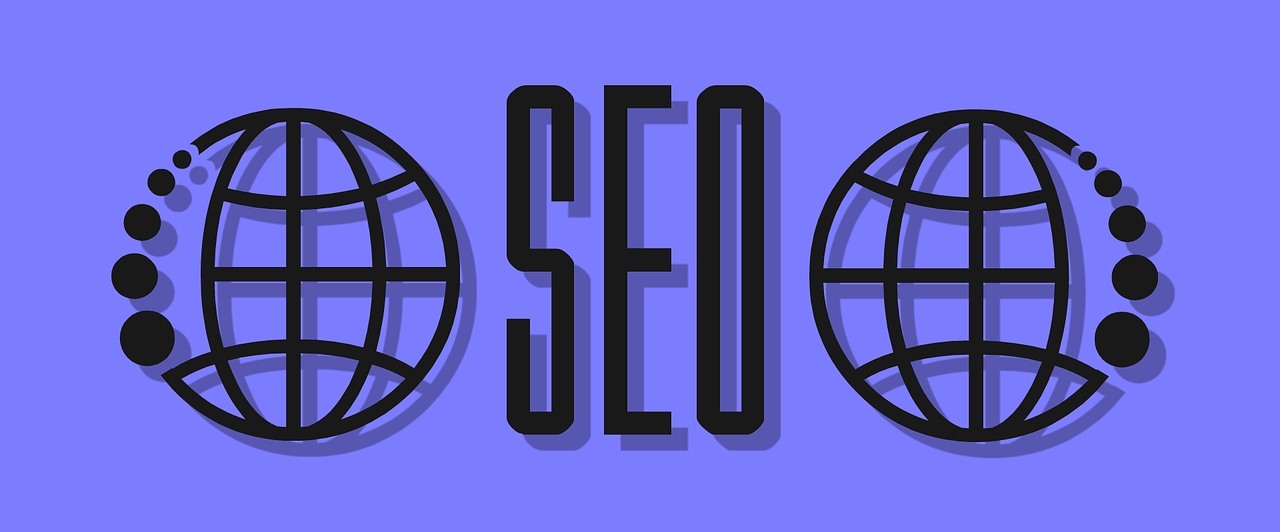Fiber Optic Cables, Types And Characteristics

Fiber optic cable is a fundamentally different type of cable compared to other types of electrical or copper cables. Information is transmitted through it not by an electrical signal but by a light signal. Its main element is a transparent glass fiber, through which light travels great distances (up to tens of kilometers) with negligible attenuation.
The Structure Of A Fiber Optic Cable
The structure of a fiber optic cable is very simple and similar to the structure of a coaxial electric cable, except that instead of a central copper wire, a thin (about 1-10 microns in diameter) glass fiber is used here, and instead of internal insulation – a glass or plastic sheath that does not allow light to go beyond the glass fiber.

In this case, we are dealing with the mode of so-called total internal reflection of light from the boundary of two substances with different refractive indices (the glass sheath has a much lower refractive index than the central fiber). Metal cable braiding is usually absent, as shielding from external electromagnetic interference is not required here, but sometimes it is still used for mechanical protection from the environment (such a cable is sometimes called an armored cable; it can combine several fiber optic cables under one sheath).
Exceptional Characteristics
Fiber optic cable has exceptional noise immunity characteristics and transmitted information secrecy. No external electromagnetic interference, in principle, can distort the light signal, and the signal itself does not generate external electromagnetic radiation. Connecting to this type of cable for unauthorized listening to the network is virtually impossible because it requires breaking the integrity of the cable.
The theoretically possible bandwidth of such a cable reaches 1012 Hz, incomparably higher than any electrical cable. RS with its high-quality fiber optic cables ensures seamless connectivity, delivering reliable and fast data transmission for diverse applications.
The cost of fiber optic cable is constantly decreasing and is now approximately equal to that of thin coaxial cable. However, in this case, it is necessary to use special optical receivers and transmitters that convert light signals into electrical signals and back, which sometimes significantly increases the cost of the network as a whole.
The typical value of signal attenuation in fiber optic cables at frequencies used in local networks is about 5 dB/km, which roughly corresponds to the indicators of electrical cables at low frequencies. But in the case of fiber optic cable, as the frequency of the transmitted signal increases, the attenuation increases very slightly, and at high frequencies (especially above 200 MHz), its advantages over electric cable are undeniable; it simply has no competitors.
Are There Any Disadvantages?
When compared to previous forms of data transmission, such as electrical or copper connections, fiber optic cables stand out as a revolutionary technology. Although, fiber optic cable also has some disadvantages. The most important of them is the high complexity of installation (micron precision is required when installing connectors, and the attenuation in the connector strongly depends on the accuracy of glass fiber chipping and the degree of its polishing).
To install connectors, welding or gluing with a special gel with the same light refraction coefficient as the glass fiber is used. In any case, this requires highly qualified personnel and special tools. Therefore, fiber optic cable is often sold in the form of pre-cut pieces of different lengths, at both ends of which are already installed connectors of the desired type.
Conclusion
Fiber optic cables stand out as a revolutionary technology in data transmission, offering unparalleled advantages over traditional electrical or copper cables. Using light instead of electrical signals, transmitted through transparent glass fibers, allows for exceptional data transmission capabilities over considerable distances with minimal signal loss. The simplicity of the cable’s structure, featuring a central glass fiber surrounded by a protective sheath, contributes to its efficiency.
The exceptional characteristics of fiber optic cables, including noise immunity, information security, and an impressive bandwidth of up to 1012 Hz, position them as a superior choice for various applications.





